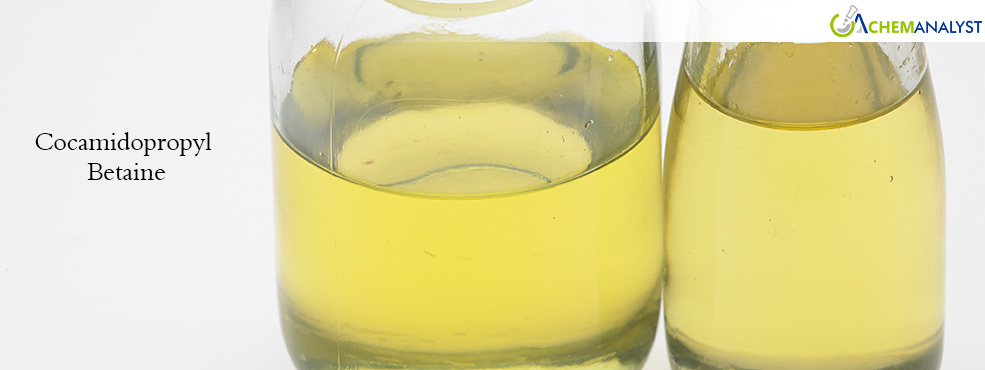Shifting Market Dynamics Drive Downward Trend in U.S. Cocamidopropyl Betaine Prices
- 25-Mar-2025 6:00 PM
- Journalist: Marcel Proust
In the US market, Cocamidopropyl Betaine (CAPB), the mild surfactant which is utilized on a large scale in personal care and pharmaceutical segments, saw a downward trend in the first half of March 2025. The trend follows a similar price movement observed during February and can be anticipated to prevail in the 2nd half of the month. The downward trend in prices is largely driven by favorable supply, decreased shipping cost from Asian countries, and changed demand patterns.
Key Takeaways
-
CAPB prices in the U.S. continued to decline in March 2025, following February’s trend.
-
Lower freight costs and a weaker Asian currency made CAPB imports more competitive.
-
Post-Chinese New Year inventory replenishment increased supply, pushing CAPB prices down.
-
Weak demand from pharmaceuticals and personal care, along with rising CPI, dampened prices.
-
Prices for CAPB may rise in Q2 2025 as inflation stabilizes and demand strengthens post-rate cut.
A sharp decline in shipping prices from China to the United States has been a key factor in reducing market prices as a whole. Despite the increase in tariffs on Chinese imports by 10%, effective from February 4, 2025, and China's retaliatory tariffs, Chinese suppliers have revised their pricing patterns, which has also contributed towards this. Also, depreciation of various Asian currencies against the U.S. dollar has resulted in international suppliers' prices being more competitive, which has caused the downward trend.
Besides, the holiday season for Chinese Lunar New Year has also helped restructure market dynamics. Owing to the fact that America relies heavily on China for the import of CAPB, the post-holiday season commonly witnesses an increase of manufacturing operations as companies stock up their shelves and produce output to capacity level. Such supply boost by producers in China has also contributed towards the decline in price of CAPB, exerting further negative pressure within America's market.
On the demand side, the market faced reduced demand by the pharmaceutical and personal care businesses, which have been the causative factors in the declining trend in prices of CAPB. US suppliers have been reluctant to buy new inventory, focusing instead on managing existing inventory levels. Rising Consumer Price Index (CPI) has helped support less consumer spending, particularly in the personal care category, leaning purchasing trends towards staples over discretionary. The CAPB segment also experienced a slowdown due to weakening overseas demand and fluctuating logistics costs.
Underpinning market volatility is the prevailing uncertainty in trade. Uncertainty in tariff policy and changing import tariffs has led to supply chain disruption, causing buyers to hold back from making long-term purchases.
Whereas CAPB prices are expected to decline in March, second-quarter 2025 expectations anticipate a potential price increase for CAPB. The expectation aligns with predictions of a slowdown in inflation following the Federal Reserve's lowering of its benchmark rate to 4.3%. The rate cut will be expected to steady economic growth and provoke more vigorous demand from downstream sectors, countering the present price decline. Market players will closely monitor supply chain trends, trade policy, and macroeconomic trends in the next few months in a bid to ascertain probable direction of price and purchase accordingly.



